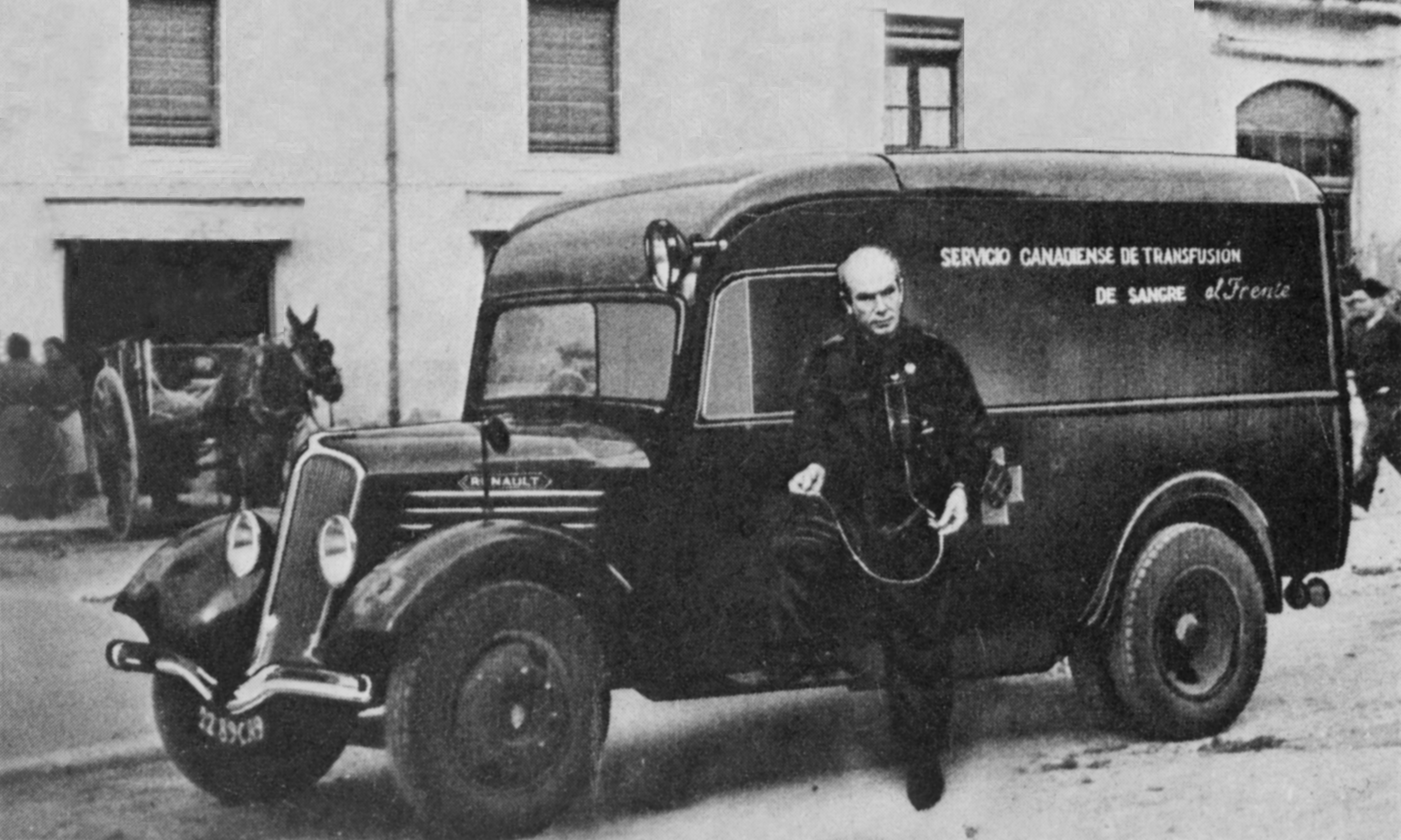
|
COMPLEMENTARY ACTIVITIES
Some people win everyone’s affection beyond their ideology. Altruist people who give their lives to the most vulnerable. People convinced that each individual alone can change the world and transform it into a more fair and caring place. Dr Norman Bethune (Gravenhurst, Ontario, 1890- Hebei, Xina, 1939), a veritable doctor without borders, is one of them.
The Universitat de València hosts the exhibition Norman Bethune. The caring mark at the Palau de Cerveró, which displays photographies of the life of this outstanding physician, his humanitarian actions and contribution to medicine in Spain.
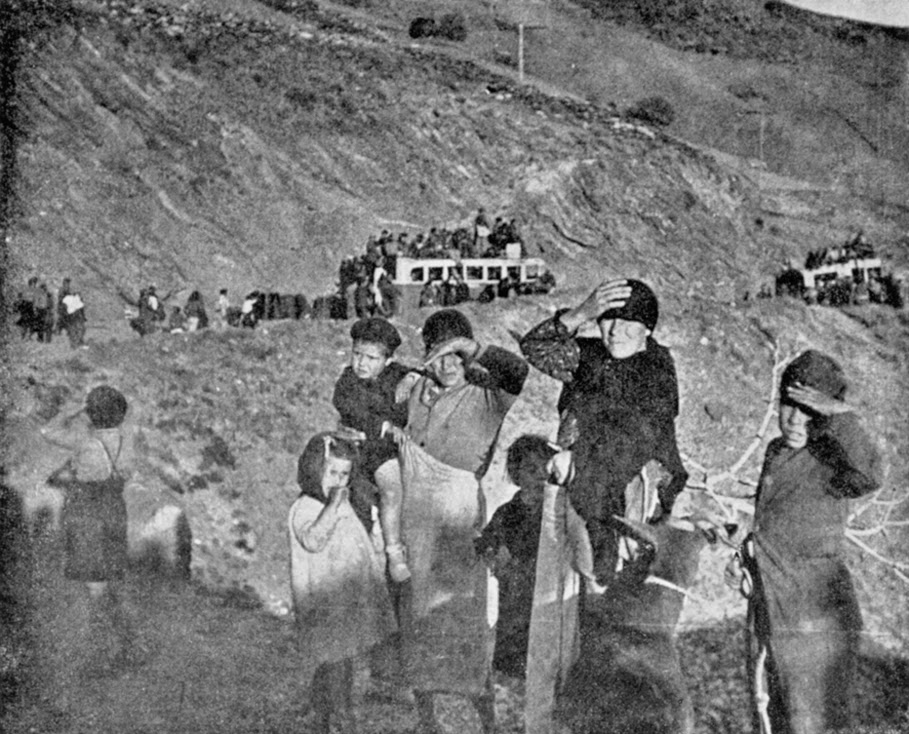
|
Bethune had a short but intense life. After taking part in the I World War as a physician, he became a reputed thoracic surgeon and developed some innovative surgical instruments against tuberculosis.
However, he was not satisfied with his reputation as prestigious physician. He was touched because of the poverty in Montreal in the 30’s after the great crisis. So, Bethune started practising social medicine, serving the most disadvantaged and defending passionately some innovative public health policies.
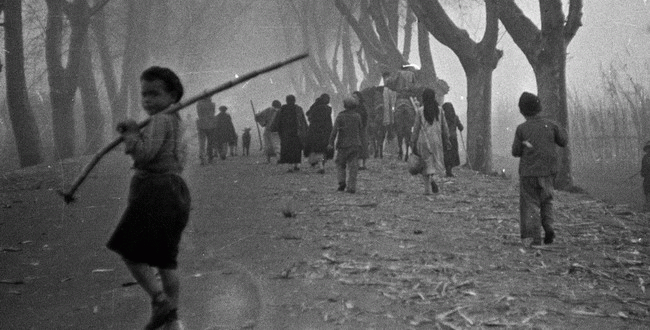
|
The increasing power of Fascism in Europe tormented him, so he decided to travel to Spain in 1936 to use his knowledge and energy to serve the Republican cause during the Spanish Civil War. He created the Canadian Blood Transfusion Service and was devoted to saving lives while living the drama of the Spanish battle.
After his experience in Madrid, he travelled to Almeria, along with his partners, where he provided a vital aid to Malaga’s population in their flight from this city towards Almería in February 1937. This tragic episode is reflected in a harrowing account by himself and photographs taken by his collaborator Hazen Sise.
After his experience in Madrid, he travelled to Almeria, along with his partners, where he provided a vital aid to Malaga’s population in their flight from this city towards Almería in February 1937. This tragic episode is reflected in a harrowing account by himself and photographs taken by his collaborator Hazen Sise.
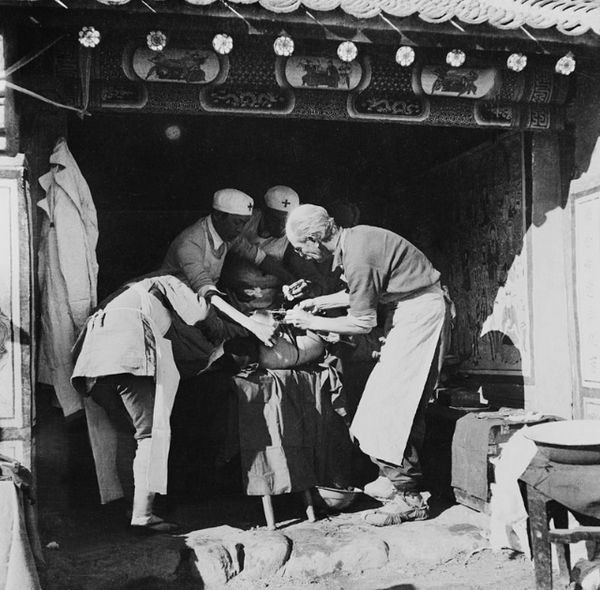
|
Then, Bethune went back to Canada in order to raise funds for the Blood Transfusion Service but in 1938, his deep concerns led him this time to China, next to the People’s Liberation Army fighting against Japanese invasion. After exerting tireless efforts as a battlefield surgeon, Bethune died in 1939 of septicaemia. He became a legend and nowadays he’s still considered a national hero by Chinese population.
The exhibition Norman Bethune. The caring stamp traces a journey through the life of Bethune, through a series of photographs that capture his beginnings as renowned surgeon in Montreal, his healthcare in Spain during the Civil War and his work in China as a battlefield surgeon on the front.
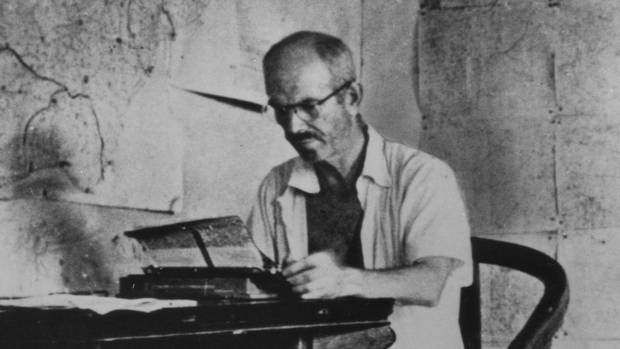
|
It also offers a unique graphic document about the population exodus from Malaga to Almeria in February 1937, an extraordinary testament to a tragic episode in the Spanish Civil War.











